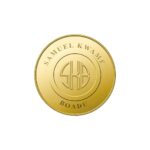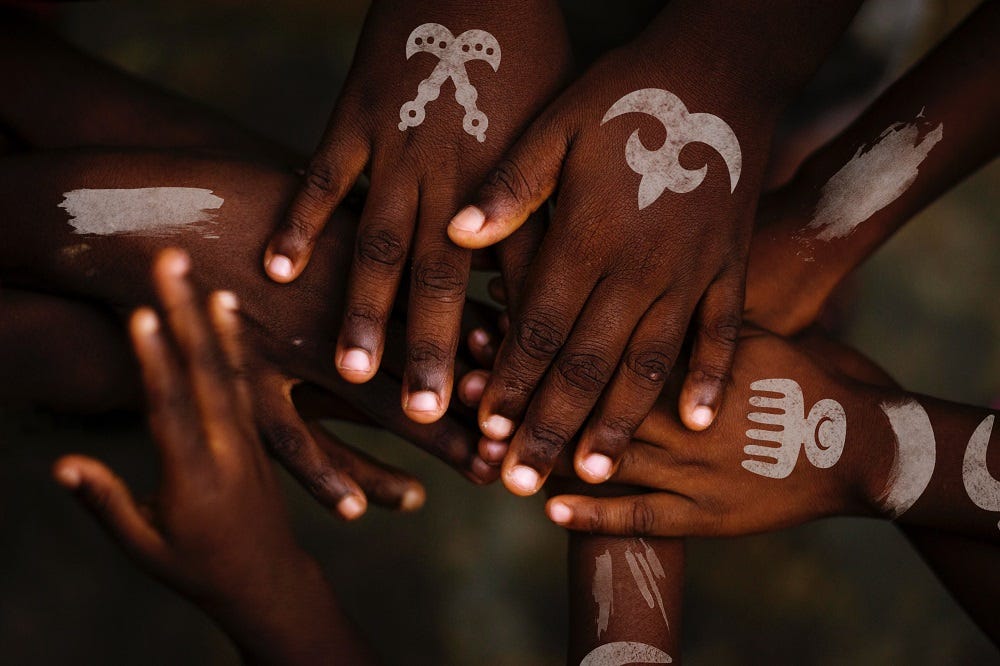Origin
The Adinkra symbols trace their roots back to Gyaman, a former kingdom in present-day Côte D’Ivoire. Legend has it that Adinkra, the name of a Gyaman king (Nana Kofi Adinkra), holds a significant place in this history. Adinkra met his demise at the hands of the Asantes for replicating the revered “Golden Stool,” a symbol embodying absolute power and tribal unity. His act led to his capture and eventual annexation of his territory into the Asante kingdom.
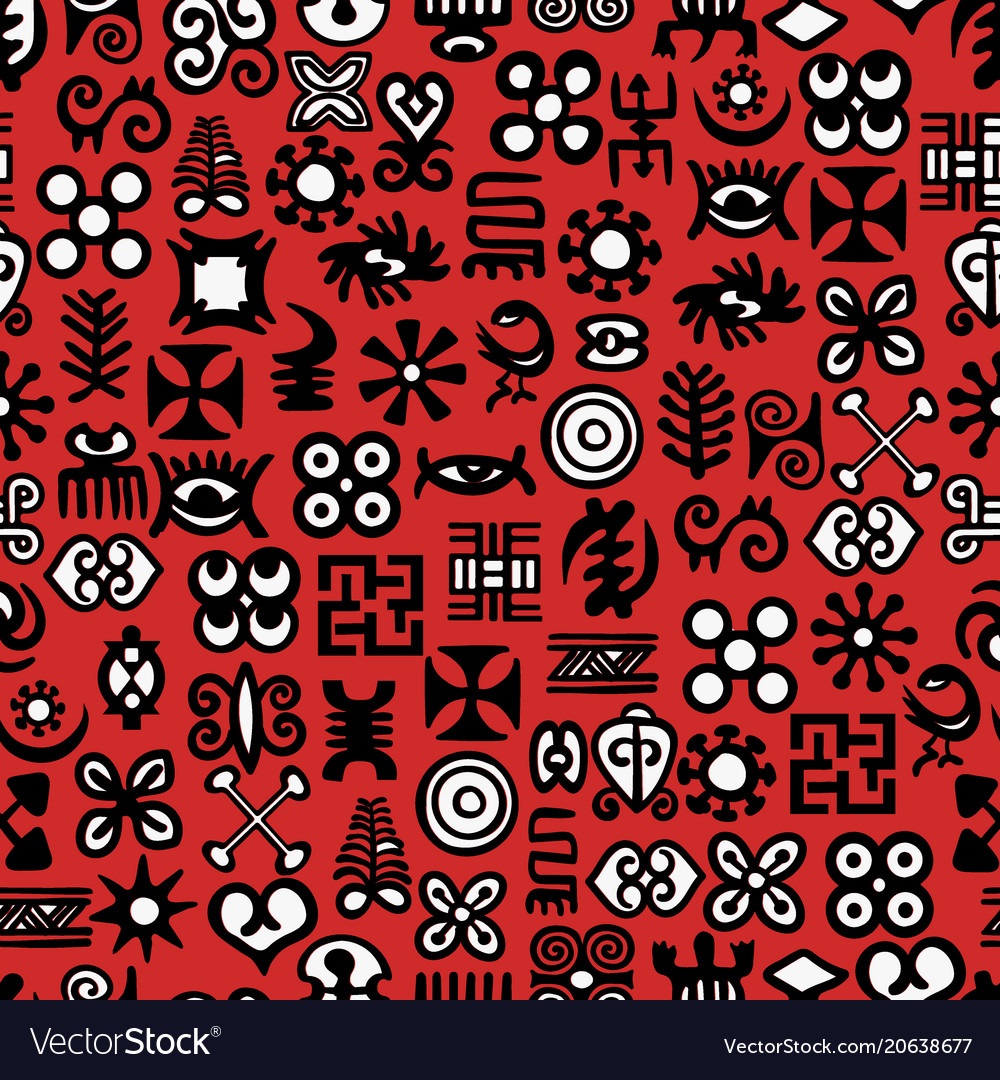
Tradition has it that Nana Adinkra donned patterned cloth as a way to express sorrow during his relocation to Kumasi, the capital of Asante. It wasn’t until the 19th century that the Asante people adopted the practice of painting traditional Gyaman symbols onto cloth, a tradition they embraced wholeheartedly.
Adinkra: A Multifaceted Term
Adinkra, aside from its historical significance, also holds meaning in the Twi language of the Akan ethnic group, of which the Asante are a part. It translates to ‘goodbye’ or ‘farewell.’ Thus, it became customary for the Akan, particularly the Asante, to wear cloths adorned with Adinkra symbols at important events, especially during the funerals of loved ones, signifying their mourning and final farewell.
A Cultural Tapestry
While initially the Adinkra cloth was the exclusive attire of Asante royalty and spiritual leaders, its use has evolved. It is now donned during a wide array of social occasions, including festivals, weddings, naming ceremonies, and more.
Types of Adinkra
Among the various types, the three most notable Adinkra for funerary purposes are the dark-brown (kuntunkuni), the brick-red (kobene), and the black (brisi). These are traditionally worn as mourning attire. However, there exist other forms with brighter backgrounds, classified as Kwasiada Adinkra or Sunday Adinkra. These are considered fancier cloths suitable for festivities and everyday wear.
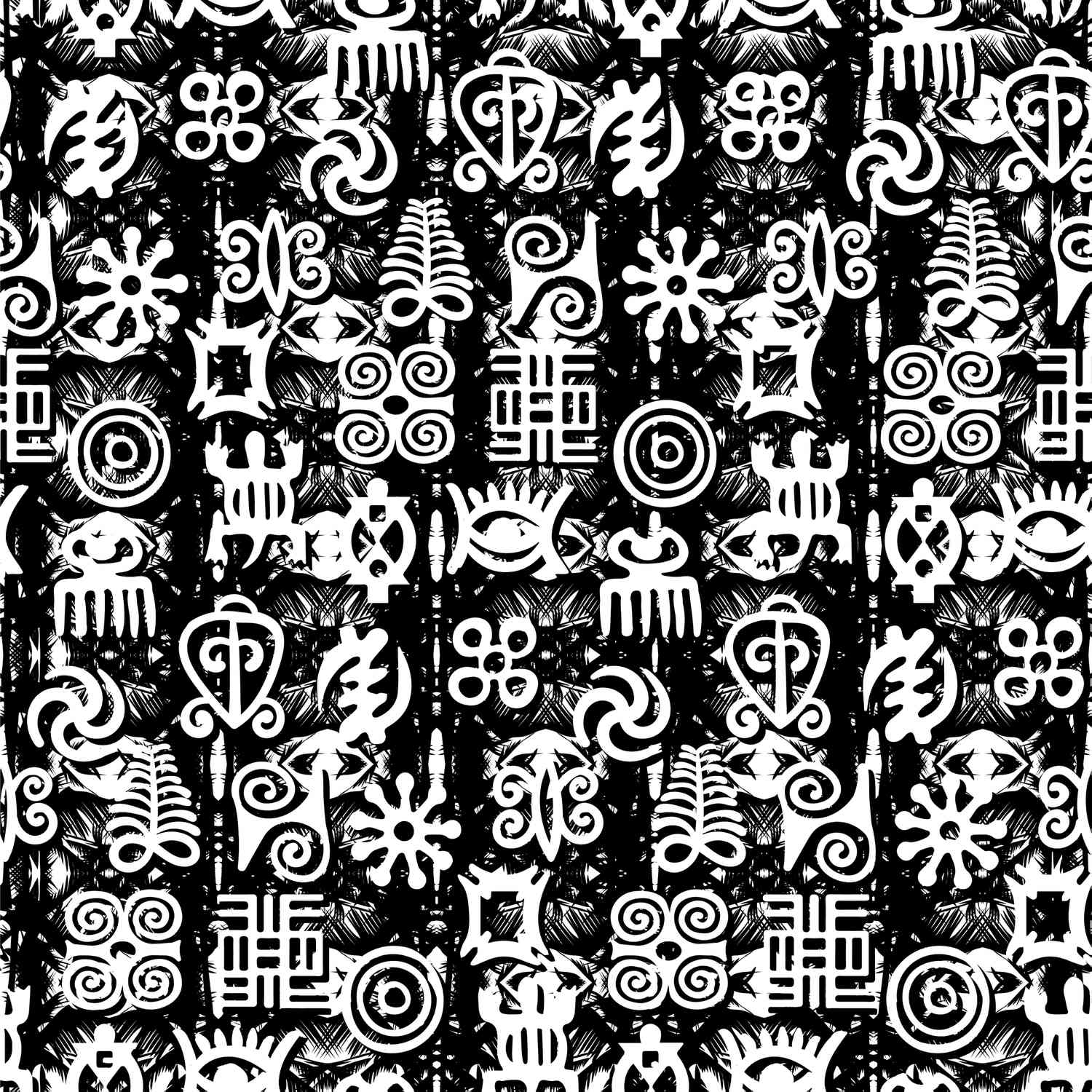
.
Beyond Cloth: Adinkra Symbols in Contemporary Times
Adinkra symbols have transcended cloth, finding their way into diverse forms of artistic expression. Fashion designers in Ghana incorporate these symbols into their creations, adding a cultural touch to modern fashion. Additionally, artisans across various disciplines, from sculptors to carpenters and architects, use Adinkra symbols to infuse their work with cultural significance. Some corporate entities in Ghana have even adopted Adinkra symbols as their institutional logos, highlighting their cultural pride.
.
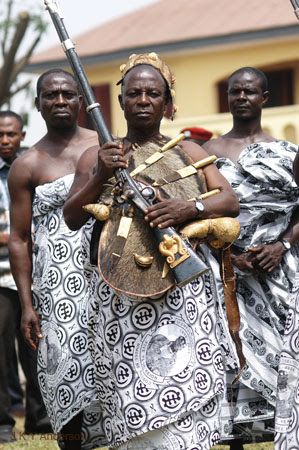
.
Adinkra Printing: An Artform in Itself
The Asante people have perfected the art of Adinkra printing, employing two traditional techniques: block-stamp printing, which utilizes wooden or metal stamps, and screen-printing. Originally, the Adinkra cloth was hand-printed using carved calabash stamps. The dye, derived from the bark of the Badie tree and the roots of the Kuntunkuni tree, was prepared meticulously. Badie bark was boiled with iron scraps, producing a deep brown dye. Kuntunkuni roots, on the other hand, were boiled to create a black solution.
.
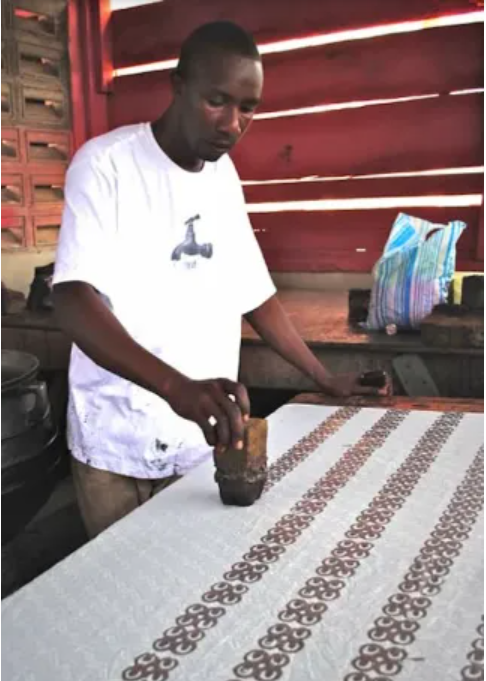
.
The cloth was dipped and dried multiple times to achieve the desired hue. For red Adinkra cloth, a chemical called Sudi replaced the Kuntunkuni root. While the original Adinkra cloth was not meant to be washed to prevent fading, contemporary methods involve using indelible colors and imported cloth as backdrops.
Ntonso: The Epicenter of Adinkra Cloth Production
Ntonso, a town in the Ashanti Region, stands as the renowned hub of Adinkra cloth production, earning its title as the “Home of Adinkra.”
.
READ ALSO:
History: Why Ghana’s Capital City Changed from Cape Coast to Accra
.
SKB Journal appreciate you a lot for reading! If you enjoyed this piece by Samuel Kwame Boadu, kindly hit the share button and help others to also see it. You can also like our Facebook page, so you know when we make new posts or Click to JOIN our Telegram Channel where we post JOBS + TIPS


